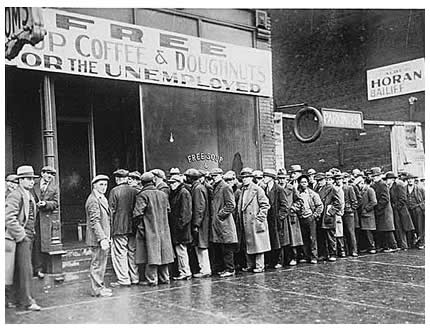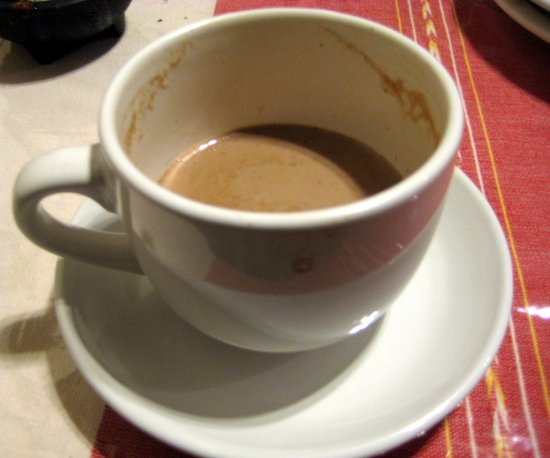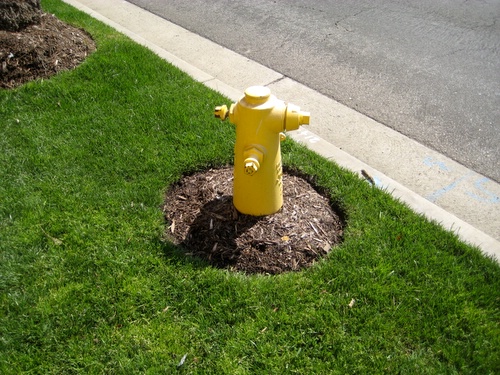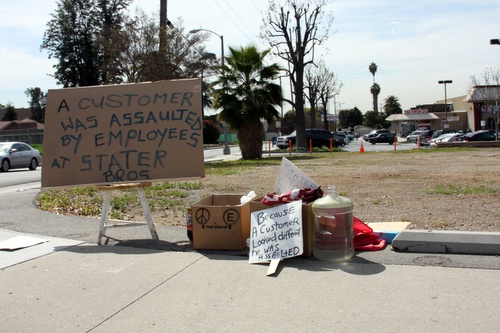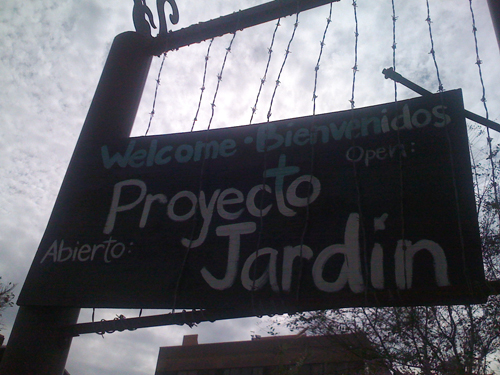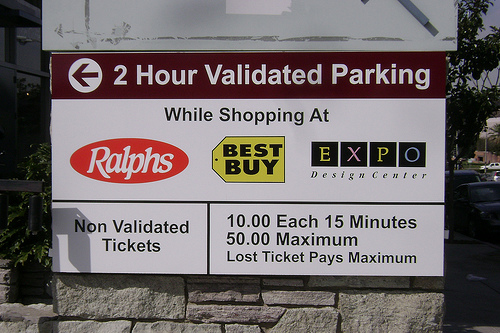Working Class Historian Gifford Hartman (a white guy that grew up in East Los by the way) sent me this link to a fascinating piece about the Jewish influence on radical politics and multiculturalism in Boyle Heights during the 1950’s. For those interested in the history of the Eastside, it’s a must read. There’s lots of good quotes I could pull but this has to be my favorite:
Frumkin already saw the distinction between his community of Boyle Heights and the growing Jewish community on the Westside in 1945. There was “an unspoken solidarity among all the neighbors†on the Eastside, including the 60 percent of his neighbors who were Mexican. “We never had a lock on our door, never had a key. You just didn’t do it. I don’t know if it was unspoken, but as poor as we were, nobody stole from anybody else.†In this working-class solidarity, a certain level of contempt was reserved for the more middle-class surroundings on the Westside.
“When we would smoke, for instance, we would keep the cigarettes in the car. We would never dump them out in East L.A. When we used to go to West L.A. to the Jewish Community Center to dances, we’d dump all our ashtrays out, because we knew the streets were going to be cleaned there. But we never did it here.”
Wow, even in the 50’s people were complaining about the disparity of service in our communities. Some things never change. Is ashtray micro-resistance an action we can learn from our Eastside ancestors? It couldn’t hurt!
The full title of the article is “What’s Good for Boyle Heights Is Good for the Jews”: Creating Multiculturalism on the Eastside during the 1950s by George J. Sanchez
Download the pdf from Muse here
or from us at LA Eastside here

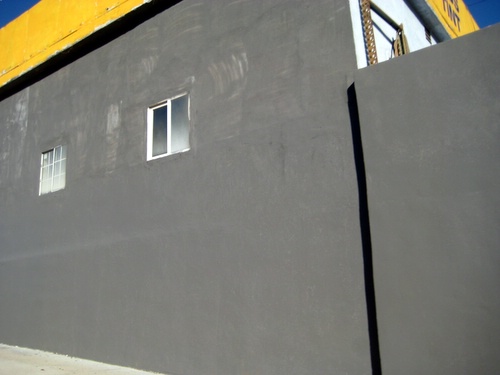
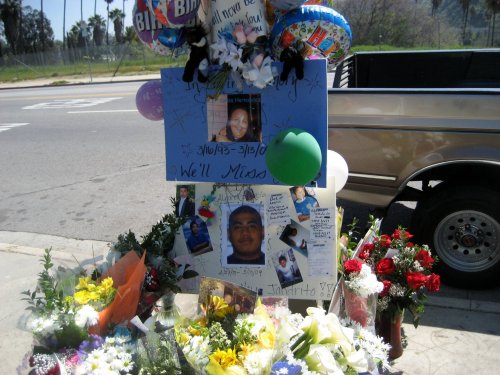
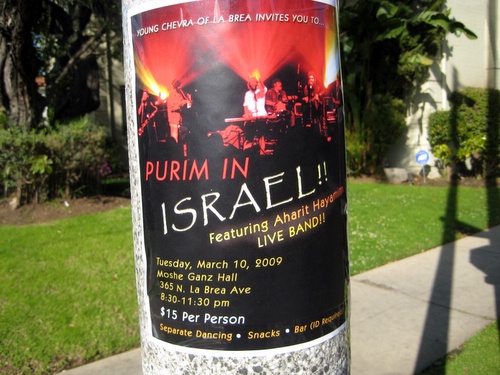
 With pedestrian traffic accidents increasing in Boyle Heights, the
With pedestrian traffic accidents increasing in Boyle Heights, the 